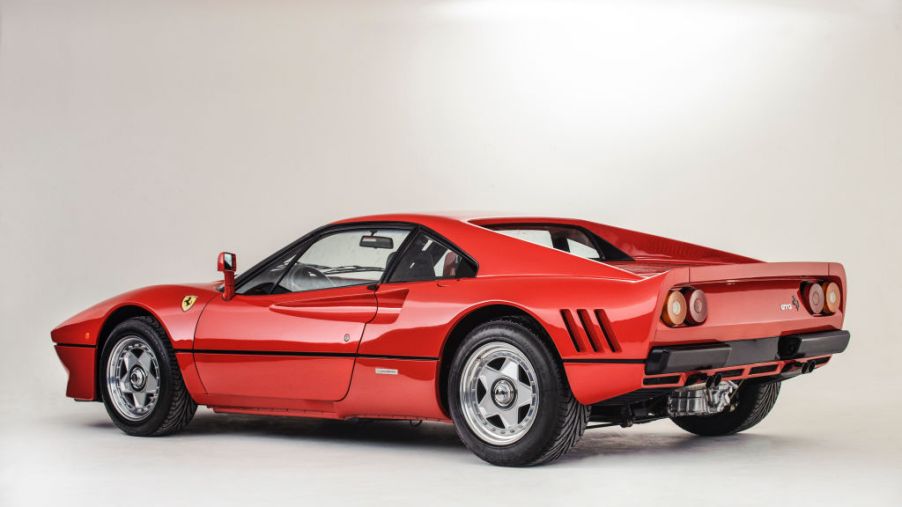
What Are ‘Center Lock’ Wheels?
Everything old is new again. What was once called “knock-offs” are now “center lock” wheels. They’ve been around for decades, in different forms, on race cars, but have become de rigueur with the fast street crowd. So what are they and are they worth it?
Why are they called center lock wheels?
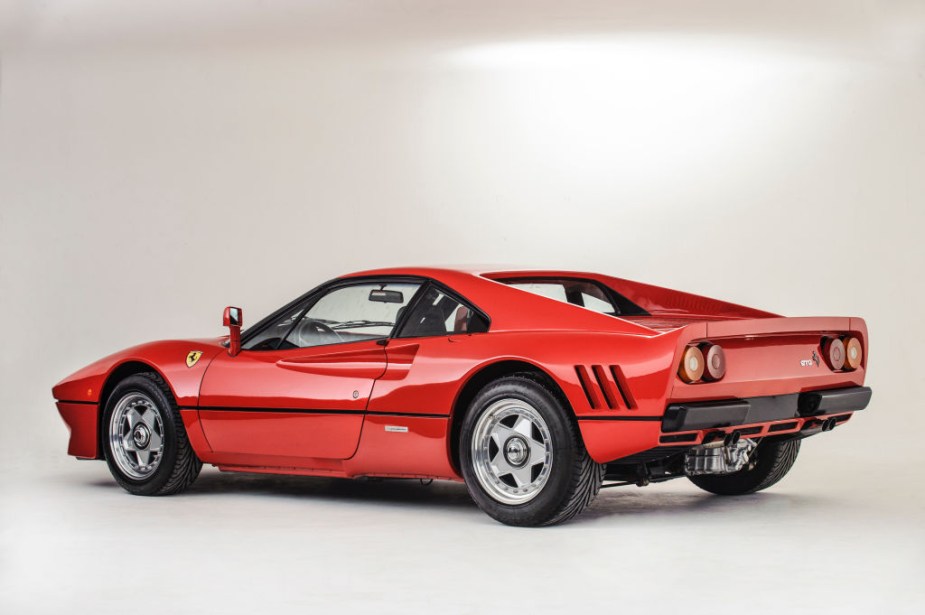
Center locking hubs, or what’s called center lock wheels, use one large nut to replace the wheel studs and lug nuts on a car. So they replace a five-operation process of removing wheels down to a single spin of the nut. The locking nut is the modern iteration of a knock-off, which was a two- or three-prong wing nut that also spun onto the hub.
They are called knock-offs because that’s how you install and remove them, with a big brass hammer knocked onto the prongs or wings of large wing nuts. Used for race cars for 100 years, it is the simplification of one hex nut as opposed to five that appeals to racers comes time to replace tires in the pits. Though NASCAR was the last bastion of the five-lug design in racing, even it has gone to center lock wheels.
Are knock-offs legal for street cars?
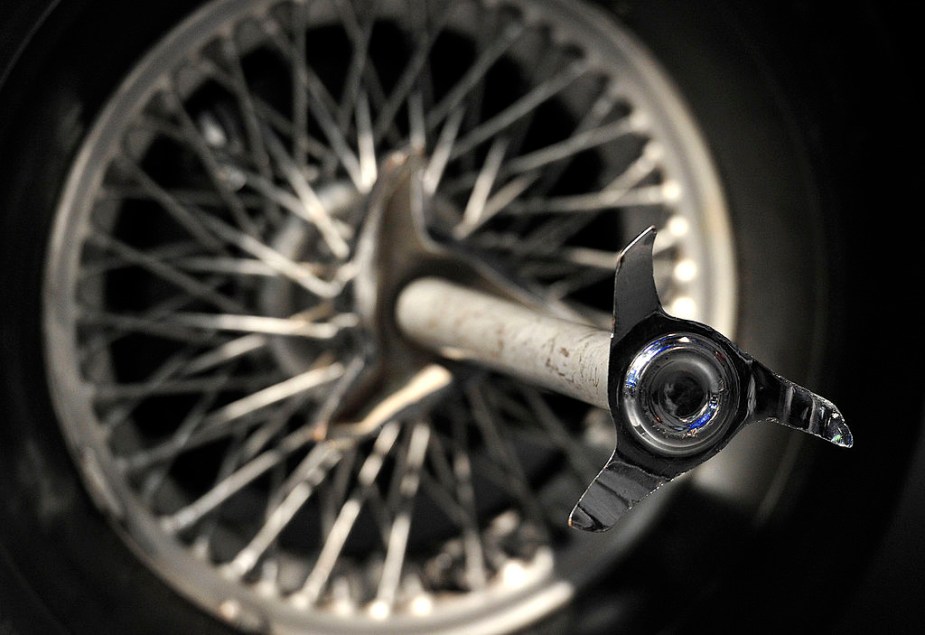
Though seen on most British sports cars in the 1950s and 1960s, including the Corvette, they became illegal in the U.S. Probably after seeing James Bond and his extending knock-offs in movies, the feds banned them on street cars in 1968. But the allure didn’t stop enterprising car builders from tweaking the knock-off formula.
That’s when the wings on the wing nuts vanished and became spin-on hexagonal locking nuts, one per wheel. They provided the same panache and race car look car enthusiasts wanted on their street cars. But they were legal, without any damage that could come from those spinning knock-off prongs.
When did the trend to center lock wheels start?
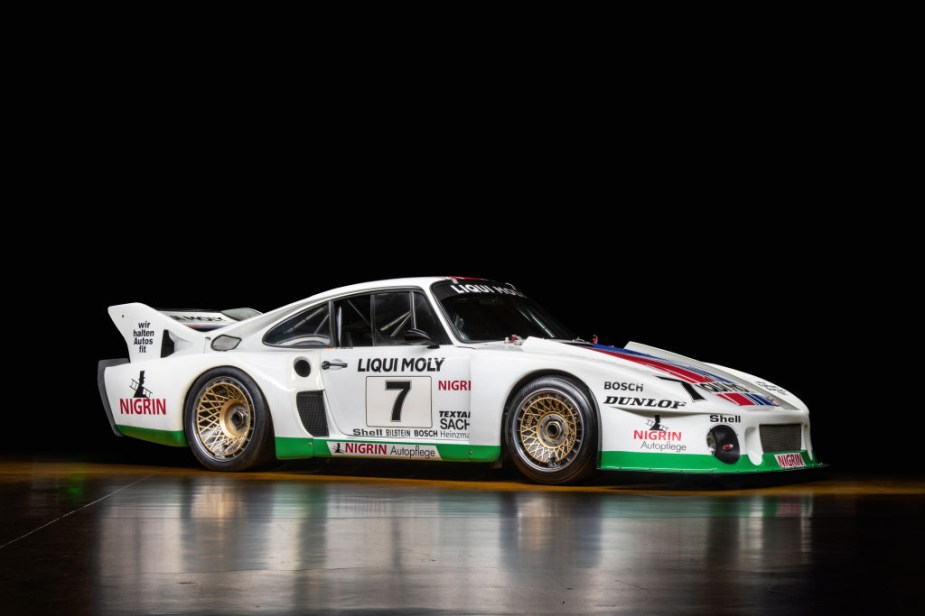
As many supercars need race-inspired components to warrant their big numbers, by the 1980s we started to see more of them going to center lock hubs. You now see them on Porsche GT2 and GT3 RS models, as you will on most every Ferrari. They’re even an option now for BMW’s M2.
But should you be in the market for replacing your pedestrian five-lug wheels with the center lock versions, bring a large wallet. You’re not only changing your wheels, but also the wheel hubs. We’ve seen conversions with a single-threaded snout bolted to an existing five-lug hub, but it is not recommended. And there are different center lock systems, like those available from Zeta Motorsports.
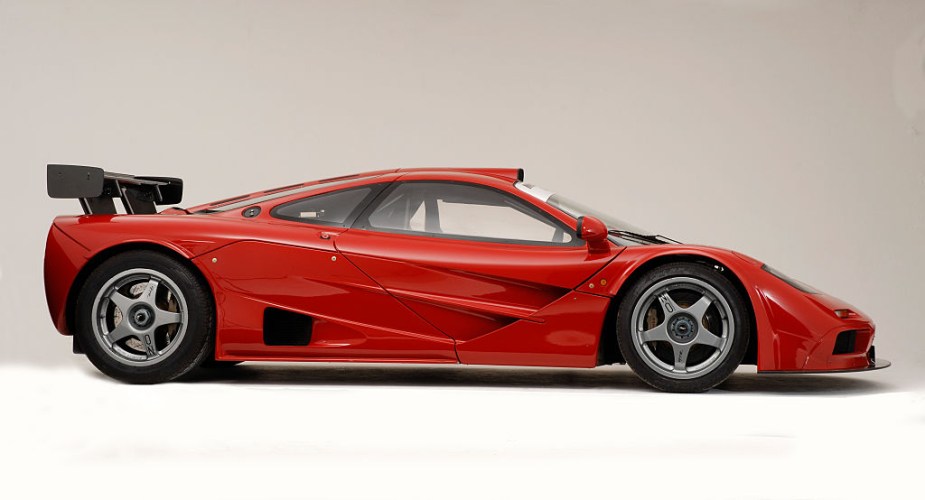
An integrated snout as part of the hub is the best way of going to center lock wheels from a safety standpoint. So besides the expense of the hub replacement, there are also the labor costs. That is unless you’re familiar with replacing them yourself.
Then you need to buy a hub removal tool, and then the wheels themselves. In other words, it’s a lot of time and money to achieve the look. But as we’ve all seen in car circles, that makes it even more appealing to some. We’ll let you be the judge of the merits based on your pocketbook and preferences.



